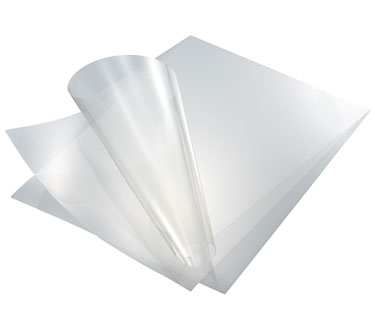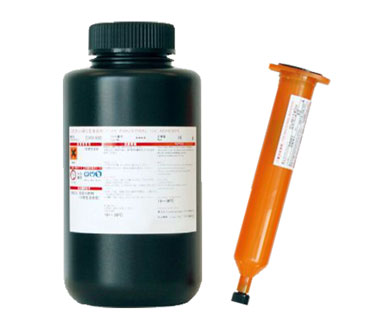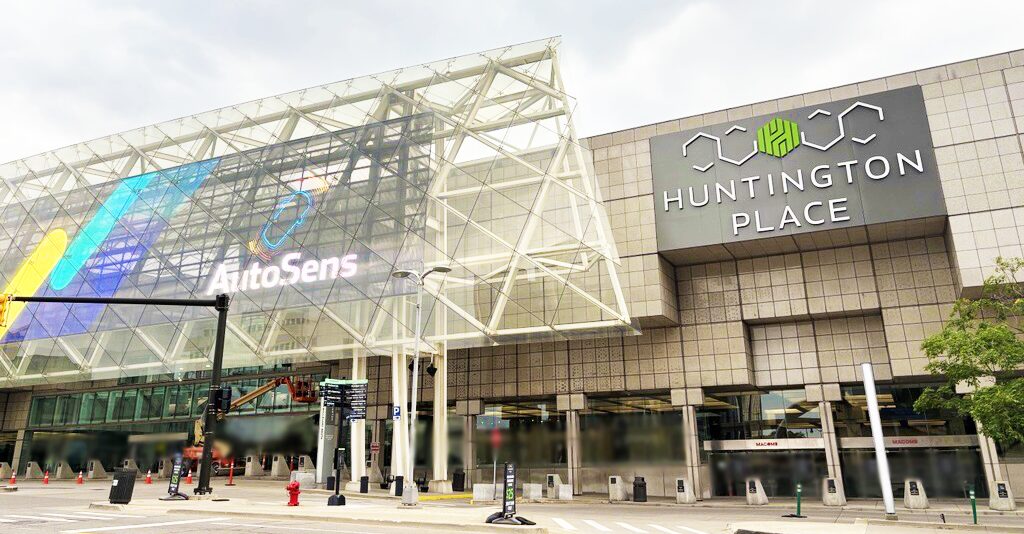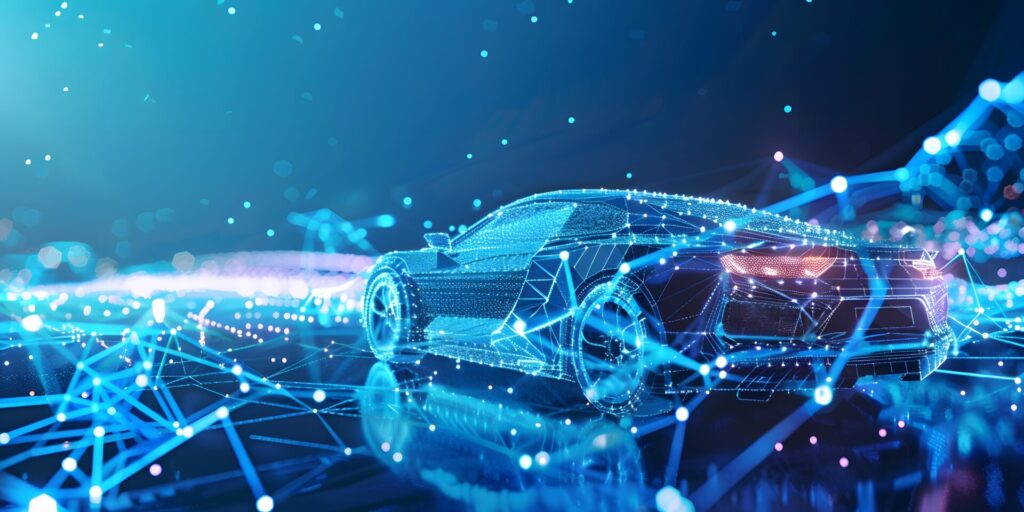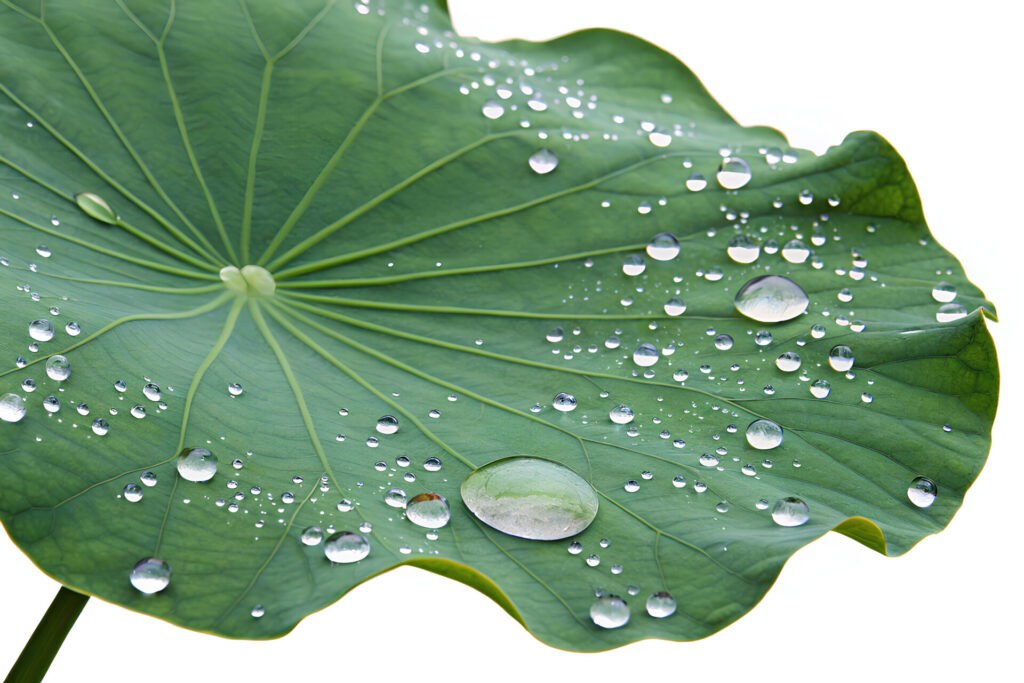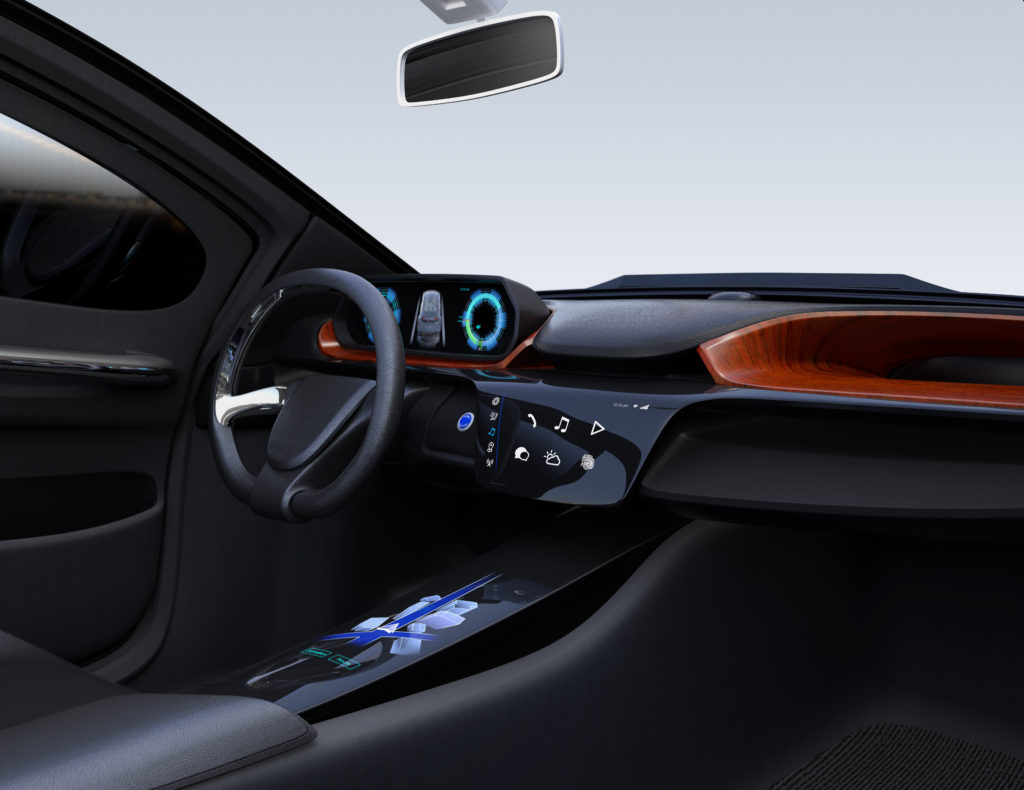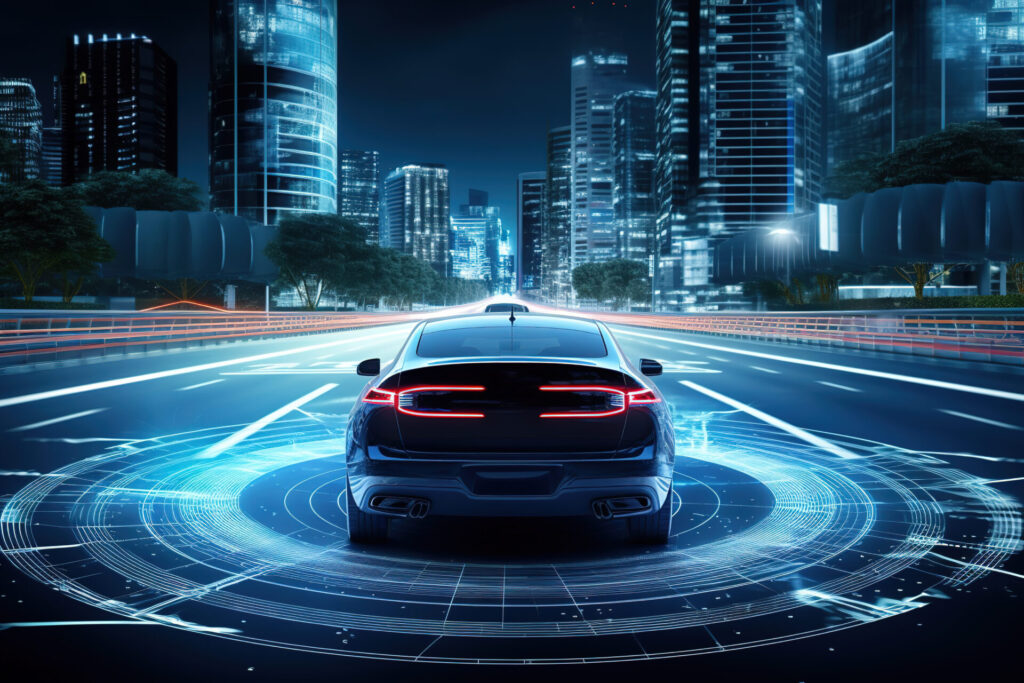
- 光学関連
急拡大の「車載ディスプレイ市場」、反射防止フィルム利用の新潮流
目次
人間工学にもとづく車内環境づくりに技術で貢献
デクセリアルズが開発・販売する反射防止フィルム、光学弾性樹脂(SVR)は、これまでノートPCやタブレットPC、スマートフォンなどのディスプレイの視認性と安全性の向上のために使用されてきた素材だ。だが近年、自動車メーカーでの採用が相次ぎ、車載ディスプレイ用途の市場が急拡大している。その背景に何が起こっているのか、ドイツ拠点の営業シニアマネージャーの佐々木陽介に聞いた。
――現在の部署で扱っている製品と、主要なお客さまについて教えてください。
私が所属するグローバルセールス&マーケティング本部 オートモーティブソリューション営業部では、自動車に搭載されるディスプレイの機能向上を目的としたフィルムや部材の販売を行っています。私はこの部署で2017年から2021年3月まで日本での営業活動に従事した後、4月に自動車開発の最前線であるドイツへ赴任致しました。お客さまは世界各国の自動車メーカーおよび車載ディスプレイを開発するTier1、Tier2と呼ばれる自動車部品メーカーです。
製品が使用されるのは主に次の2カ所です。ダッシュボードのセンターコンソール上部に設置され、カーナビゲーション情報等を映し出す「インフォテインメントディスプレイ」と、運転席のハンドル奥にあるスピード計等を表示する「デジタルメーター」です。それらディスプレイは近年、「画面の大型化」と「曲面化をはじめとする形状の多様化」が進んでいます。
自動車は乗車時の利便性や快適さを実現すべく、人間工学にもとづいて設計されている機械です。車載ディスプレイの大型化や曲面化が進んでいますが、それらも見やすさを追求していった結果になります。そして、「光の反射がまぶしい」「ナビゲーションのタッチパネルを操作した後に指紋がつく」など、自然環境や物理現象から起きる不快、不都合な現象はドライバーにとって快適な運転の妨げになります。快適な運転を実現するための自動車メーカーからの要望に、反射防止フィルムやSVRなどの製品を通じてお応えすることが私たちのミッションです。

ヨーロッパで始まった車載ディスプレイのデザイントレンド
コンシューマーエレクトロニクス分野から、まったく違う市場である自動車分野への進出。その背景には、2010年代に入ってから自動車業界で始まったある大きな変化があったと佐々木は言う。
――なぜ反射防止フィルムやSVRの活用が自動車市場で急拡大しているのでしょうか?
デクセリアルズで、車載ディスプレイを対象とする製品の販売を本格化したのは、比較的最近で2015年頃です。それまでは、車載ディスプレイにおける反射防止フィルム、SVRによる反射防止のニーズは多くありませんでした。当時、車載ディスプレイの多くはカーオーディオシステムと一体化し、ダッシュボードにはめ込まれており、強い直射日光が当たる位置になかったからです。
――たしかに少し古い型の車は、新型の車よりカーナビの位置が低いですね。
カーナビの場所が下にあると、運転中に目線を上げたり下げたりする必要があり安全に運転する上で好ましくありません。そのような中で、2000年代後半に欧州自動車メーカーがインフォテインメントディスプレイを上部に設置するデザインを採用したことを皮切りに、2010年代中盤より全世界的にそのデザインが主流になっていったのです。ディスプレイがより上部に置かれるということは、外部からの日光の影響も受けやすくなることを意味します。デクセリアルズがコンシューマーエレクトロニクスで培った反射防止技術が、車載ディスプレイに活用できないかと打診を受ける機会が増えたことから、本格的に事業部を立ち上げることになりました。自動車の安全性を重視する欧州自動車メーカーから始まったデザインの潮流は、いま世界中の新型車のスタンダードとなっており、デクセリアルズの反射防止フィルム、SVRの需要も急拡大しています。
――自動車の安全性を向上するためのデザインの変化によって、市場が拡大したわけですね。
反射防止フィルムやSVRが安全性に貢献できる理由は、もう一つあります。以前のカーナビのタッチパネルは「抵抗膜式」といって、指で押すとわずかに表面がへこんでその位置にある電極がオンになることでタッチを検知する仕組みでした。しかし近年、スマートフォンやタブレットPCでおなじみの、指で触れただけで反応する静電容量式タッチパネルが車にも搭載されるようになっています。静電容量式タッチパネルは表面材(トッププレート)がガラスのため、事故などの衝撃で割れて搭乗者がケガをする危険性があります。しかしガラスの表面に反射防止フィルムを貼れば、ガラスが割れても破片の飛散を防止することができるのです。加えて、SVRをトッププレートと液晶ディスプレイの間に充填することで、ディスプレイを割れにくくする効果もあります。このように、デクセリアルズは複数の製品を提案することで、安全性の向上に寄与しています。
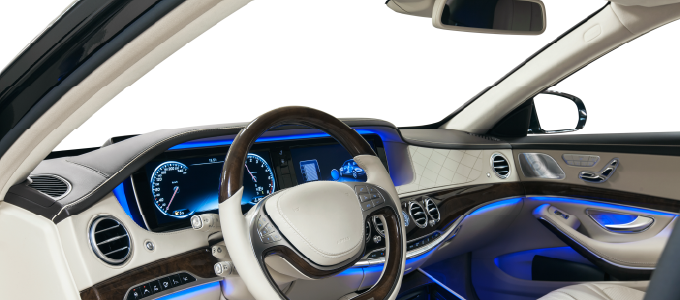
耐久性と安全性を実証する長年蓄積した研究データ
車載ディスプレイの設置場所と、タッチパネル方式の変化、その2つのトレンドが2015年以降急ピッチで進んだことで、それまで存在しなかった市場が生まれた。しかし自動車という人の生命にも関わる機器に採用されるには、高いハードルを乗り越える必要があった。
――車載ディスプレイ用途と、コンシューマーエレクトロニクス用途では、お客さまの求める要件にどのような違いがありますか?
大きく違うのは「耐久性」に関する要件です。自動車はコンシューマーエレクトロニクス製品に比べて買い替え期間が長く、一度購入されたら10年以上にわたって使用されることを想定しています。また事故が起きれば搭乗者の生命にも関わります。そのためディスプレイに貼るフィルムにも、長期にわたって太陽光に含まれる紫外線や夏場の車内の高温などの要因による劣化がないことが求められます。他にもお客さまから寄せられる要求項目は多岐にわたり、それらすべてにおいて、実験データを元に応えるのがデクセリアルズの使命だと考えています。
デクセリアルズでは車載向け反射防止フィルムの開発および試作販売をスタートした2013年から現在までに、数多くのデータを積み上げています。例えば「フィルムを高温状態に1000時間さらしたときの状態について教えてほしい」と言われた場合、ゼロの状態からその実験をやろうとすれば試験だけでも42日間が必要ですが、私たちはすでにデータを持っていますのですぐにお答えすることができます。また反射防止フィルムはさまざまなメーカーから数多のモデルが上市していますが、耐久性や反射防止等の特性・機能面に関しては私たちに一日の長があると自負しており、その実績が多くの自動車メーカーからの採用につながっています。
ディスプレイ材料を売るだけでなくディスプレイの貼り合わせ、モジュールの生産まで
反射防止フィルム、SVRが車載ディスプレイに採用されるようになってから、まだ数年の月日しか経っていない。そこでデクセリアルズでは顧客のニーズに応えるべく新たな事業の展開を始めた。
――事業部でおこなっている「光学ソリューションサービス(Optical Bonding Service, OBS)」について教えて下さい。
OBSは自動車メーカー、部品メーカーのお客さまに代わって、SVRによるディスプレイ貼合や反射防止フィルムの貼りつけを行うサービスです。お客さまから液晶ディスプレイやトッププレートなどの部品をお預かりし、私たちの光学製品を用いて貼合して、モジュールに仕上げて納品します。私たちはこのサービスをパートナー企業と共に提供しています。お客さまは工場に新たな貼合のための生産ラインや設備を導入したり、技術を持つ人材を確保することなく、私たちの素材を用いてディスプレイの機能向上が実現できるのです。
デクセリアルズは製品の提供のみならず、フィルムの貼合や接着に関して、曲面形状のディスプレイにも対応できる、高度なプロセス技術とノウハウを作り上げています。単に素材を売るだけでは、この新しい市場を広げ、ドライバーにとってより快適なディスプレイを世界中の人に体感してもらうことはできません。これからの自動車産業はEV化と自動運転化が進むことで、人間にとってより快適な道具へとさらに進化していきます。私たちはディスプレイについての総合的な知見と技術を持つ業界のトップランナーとして、その進化にさらに貢献していくことをこれからも目指していきます。
関連記事
- SHARE

当社の製品や製造技術に関する資料をご用意しています。
無料でお気軽にダウンロードいただけます。
お役立ち資料のダウンロードはこちら
当社の製品や製造技術に関する資料をご用意しています。
無料でお気軽にダウンロードいただけます。
お役立ち資料のダウンロードはこちら




